Architect: Wilfred E. Cutshaw
Date: 1882
Address: 1708 Pump House Dr
Tucked away along the Three-Mile Locks of the Kanawha Canal, a weighty Neo-Gothic structure rises over the water, a symbol of utility, conviviality and mystery. Massive gabled slate roofs look out across the river from their overgrown land, neglected but not forgotten.
The great city engineer Wilfred Emory Cutshaw, whose hand is seen in so many Richmond works, employs the same granite in the Pump House as he used for the original City Hall, in part to handle the pressure of the moving water inside the structure. Thin, tall windows with pointed arches allow light to penetrate the heavy building’s mass, into grand spaces within. It was Cutshaw’s unique vision that intended for the public utilities building to be a desired and popular social hall as well was something truly unique, a convergence of function and location.
A boat that started at Seventh Street carried the city’s high society up the river’s gentle rapids to the pump house, where they would dance and fraternize on the upper level open-air dance hall, located above the equipment room, and a catwalk that looks over the machinery below. The open-air hall is more than a beautiful spatial moment of architecture, a blurring of outside/inside; the entirety of the experience, set in the wilderness-environment beyond, must have been one of the most original and exciting ones in Richmond’s history.
The glory of the building didn’t last, however, with population migration beyond the city’s limits at the turn of the century causing the abandonment of the Pump House in 1924, with the machinery sold as scrap metal. The building nearly dodged demolition in the 1950s, became a popular spot for vandals in the 1980s, and fell into disrepair. The isolation and grandeur of an abandoned building as such given the Pump House a reputation as one of Richmond’s spookier spots, with locals ‘ghost hunting’ across the grounds. However, the importance of this historic and impressive structure has made its way back into the public’s conscience in recent decades. Preservation efforts look to possibly reuse the building as offices for the James River Park System, where other rehabilitation plans include installing a coffee shop and bookstore.
The Pump House Park separated from Byrd Park in the mid 1980s, and contains a trail to Washington’s Arch, constructed in 1791 to signify the start of the Kanawha Canal, the first canal in the country.
M.F.A

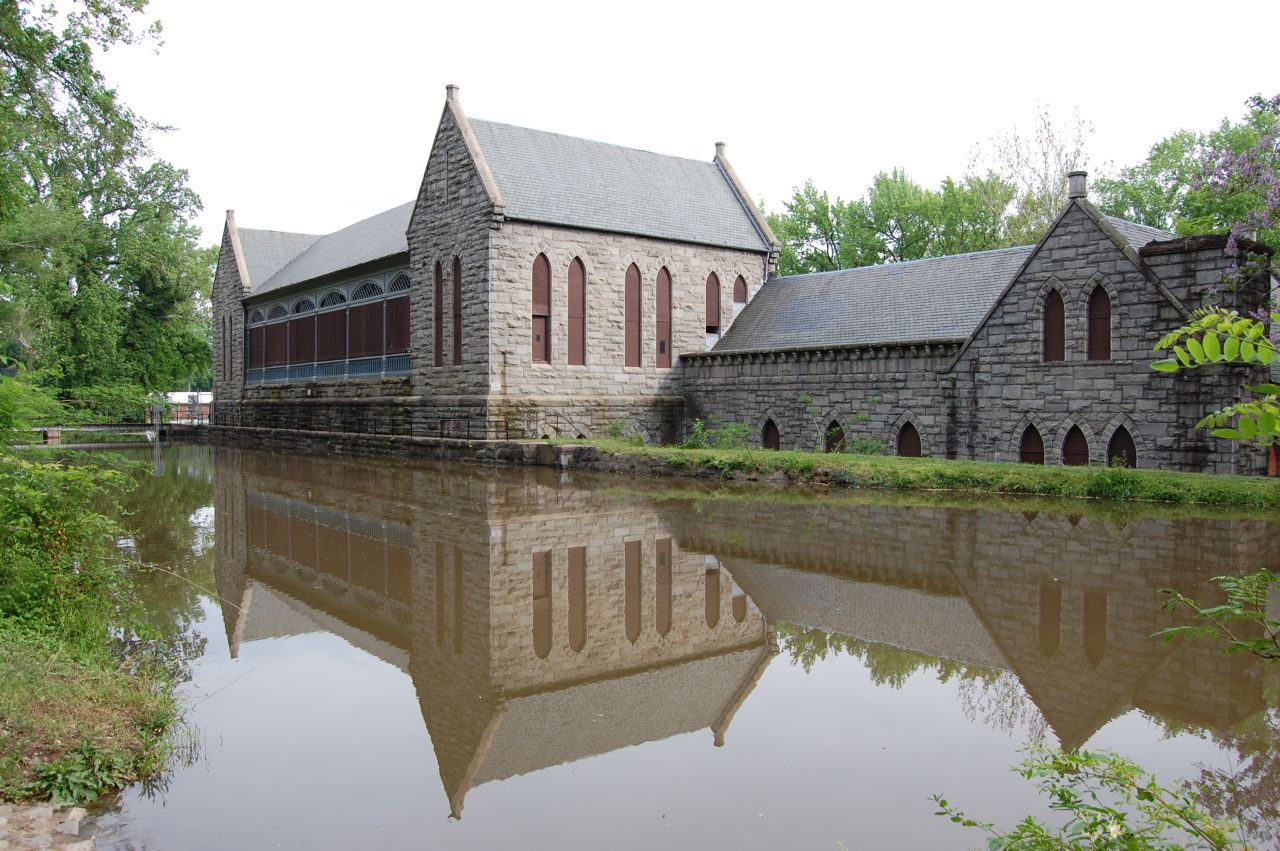
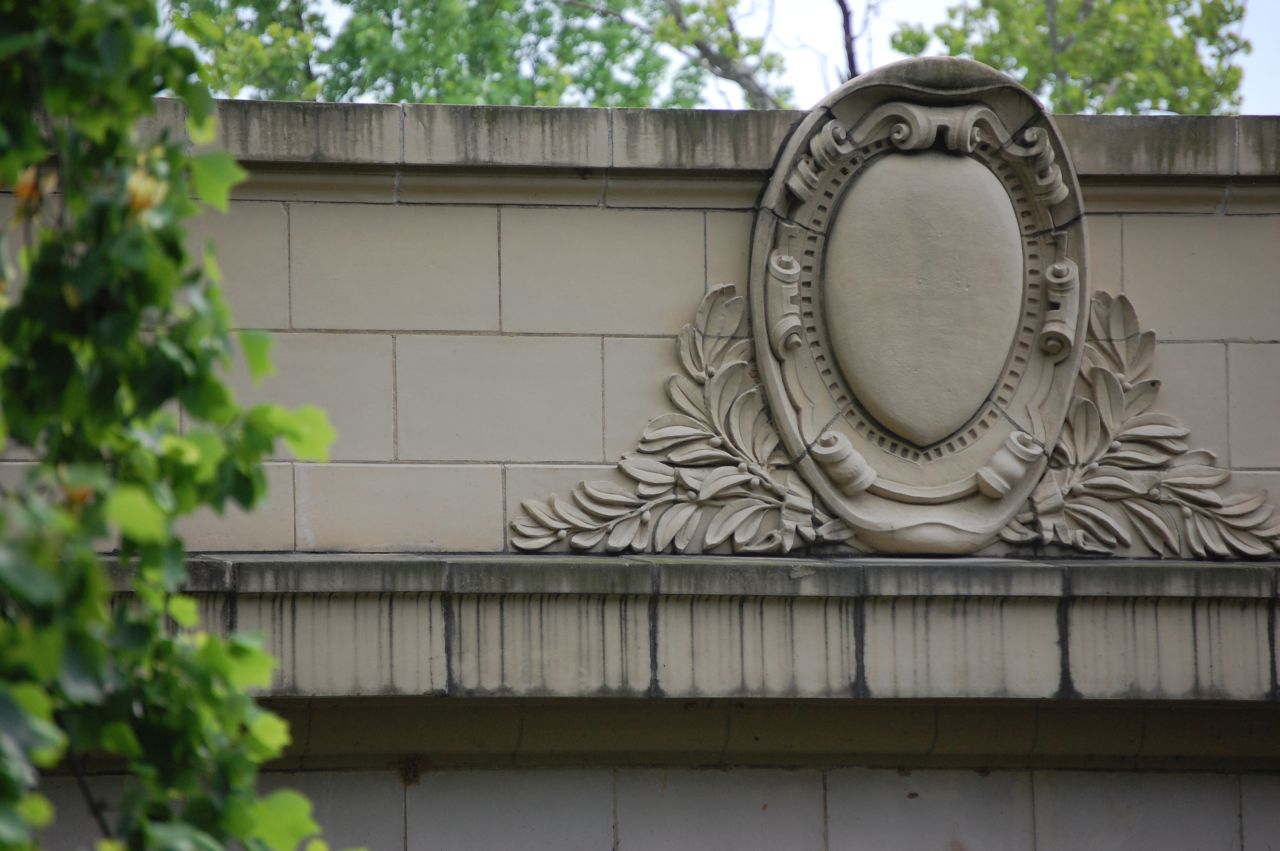


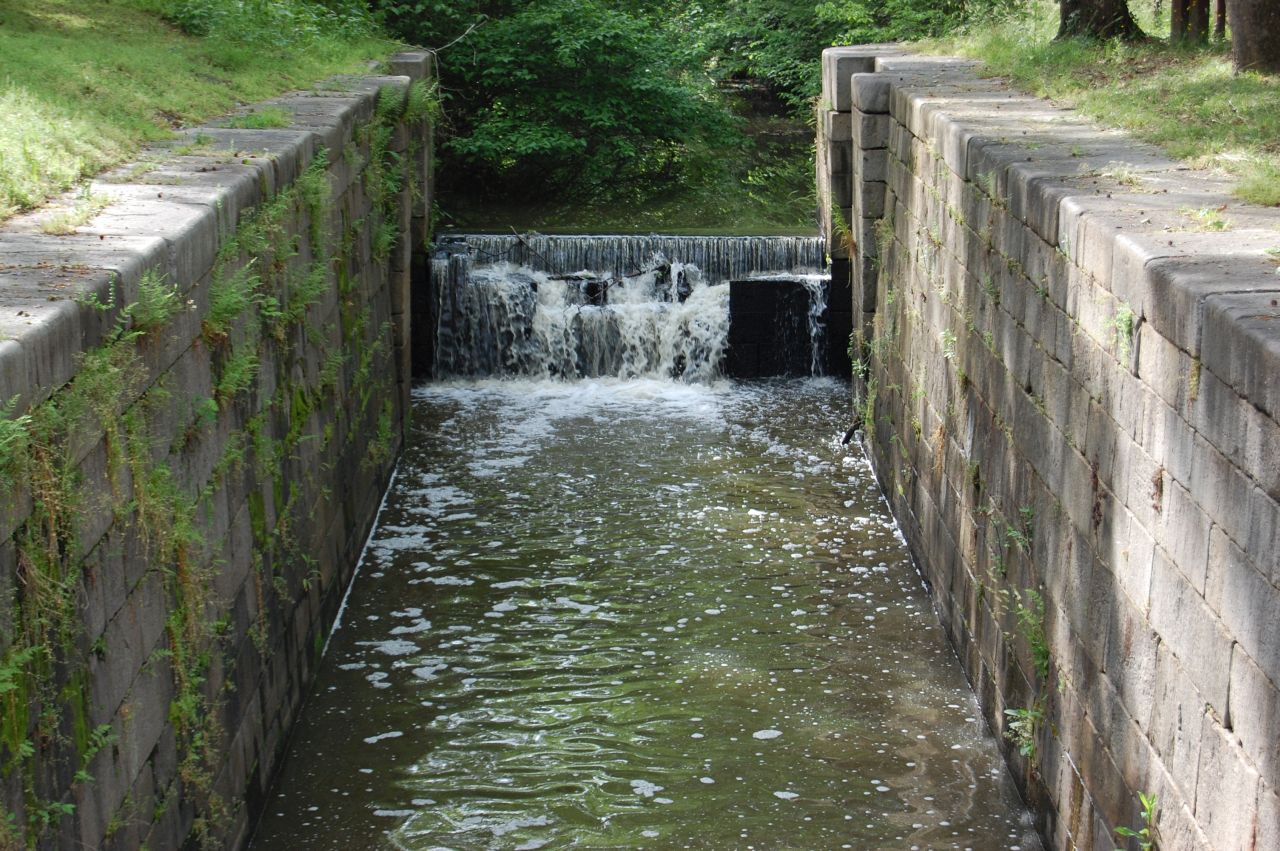

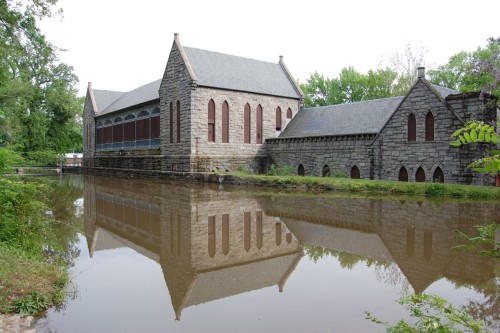
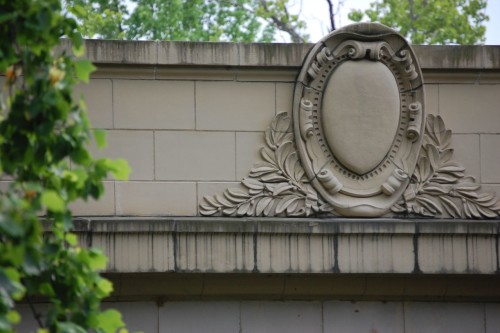
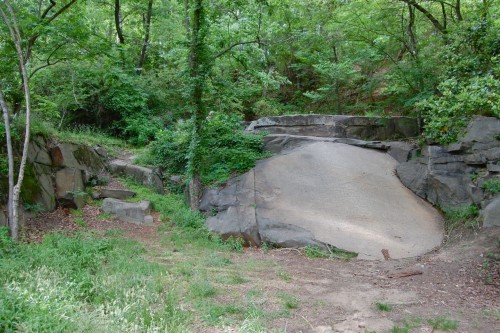


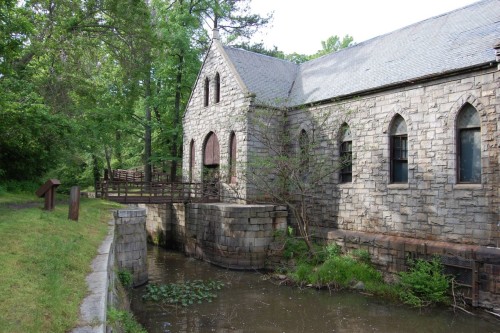
Write a Comment